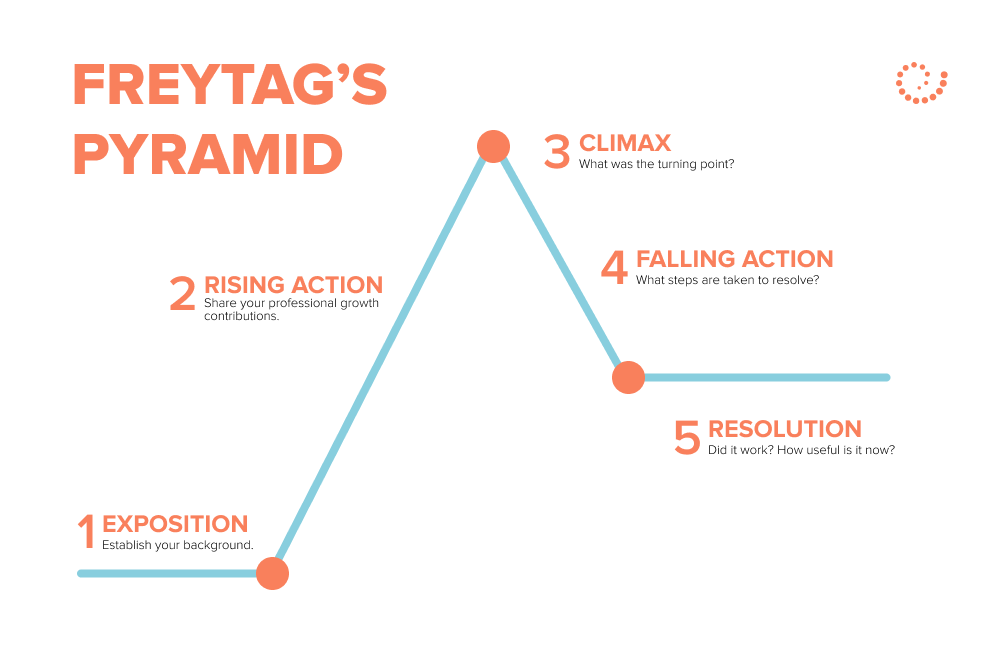
First Person Narrative: Freytag’s Framework – A Technique for Telling a Personal Story in an Interview
Alla Dortman | March 7th, 2024
Recent Posts
- How to Use Kaggle Datasets for Research: 10 Essential Steps
- From University English Teacher to Language Training Specialist: A Journey into the Business World
- Stress Interviews: Hot Trend or Red Flag Central?
- Ensuring Reproducibility in AI Experiments
- Culture-Driven Coding: Leading IT Teams in a Global Landscape


